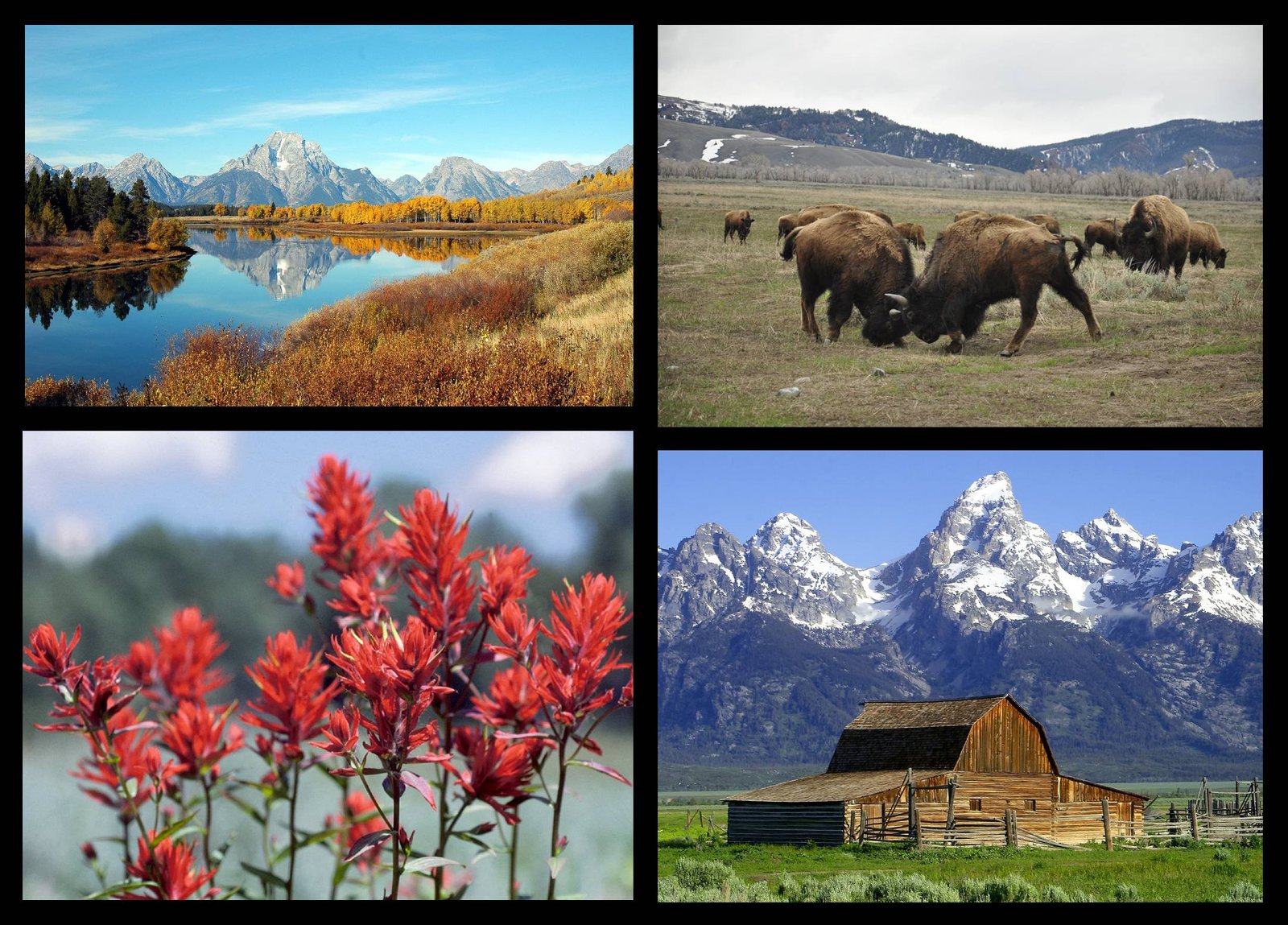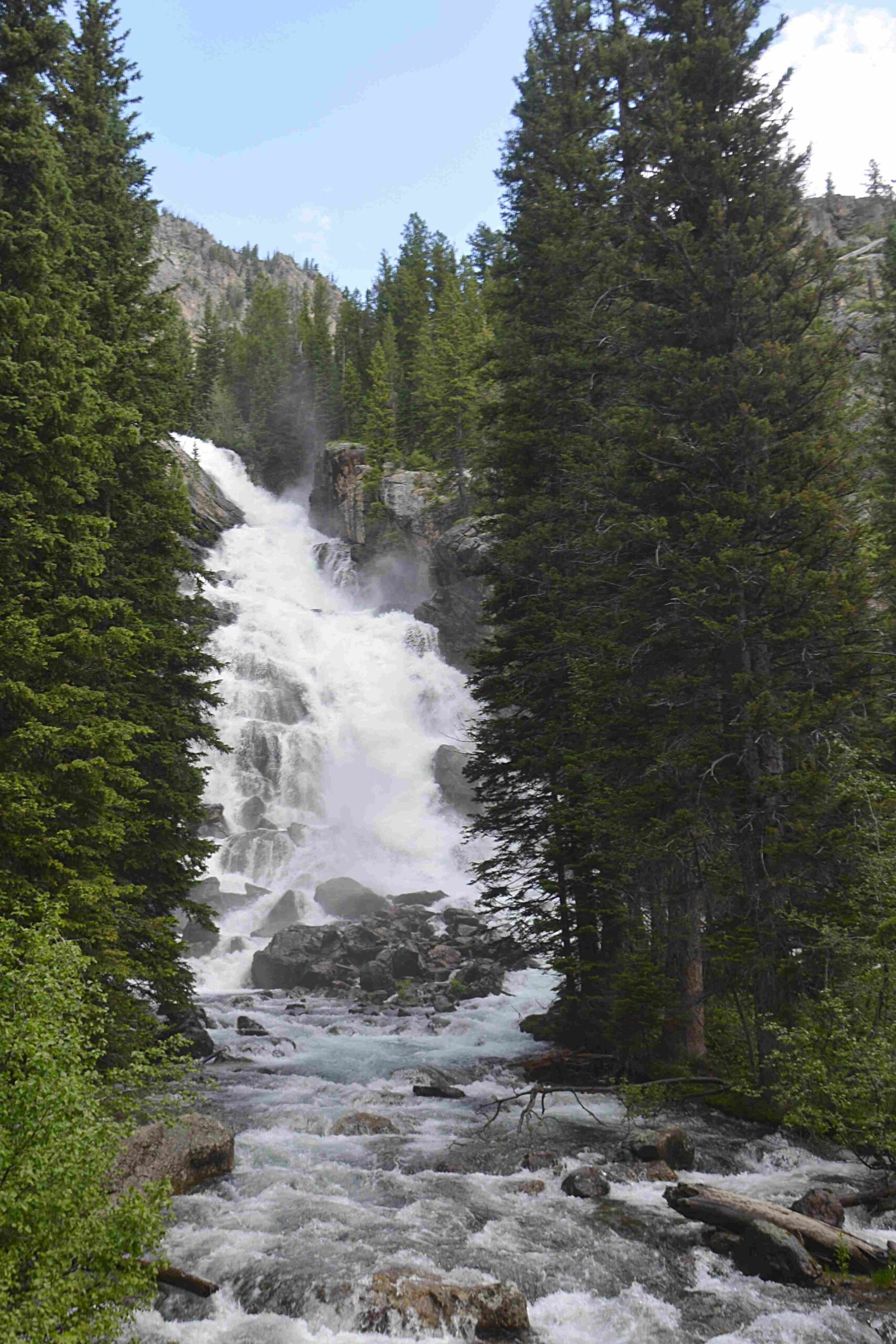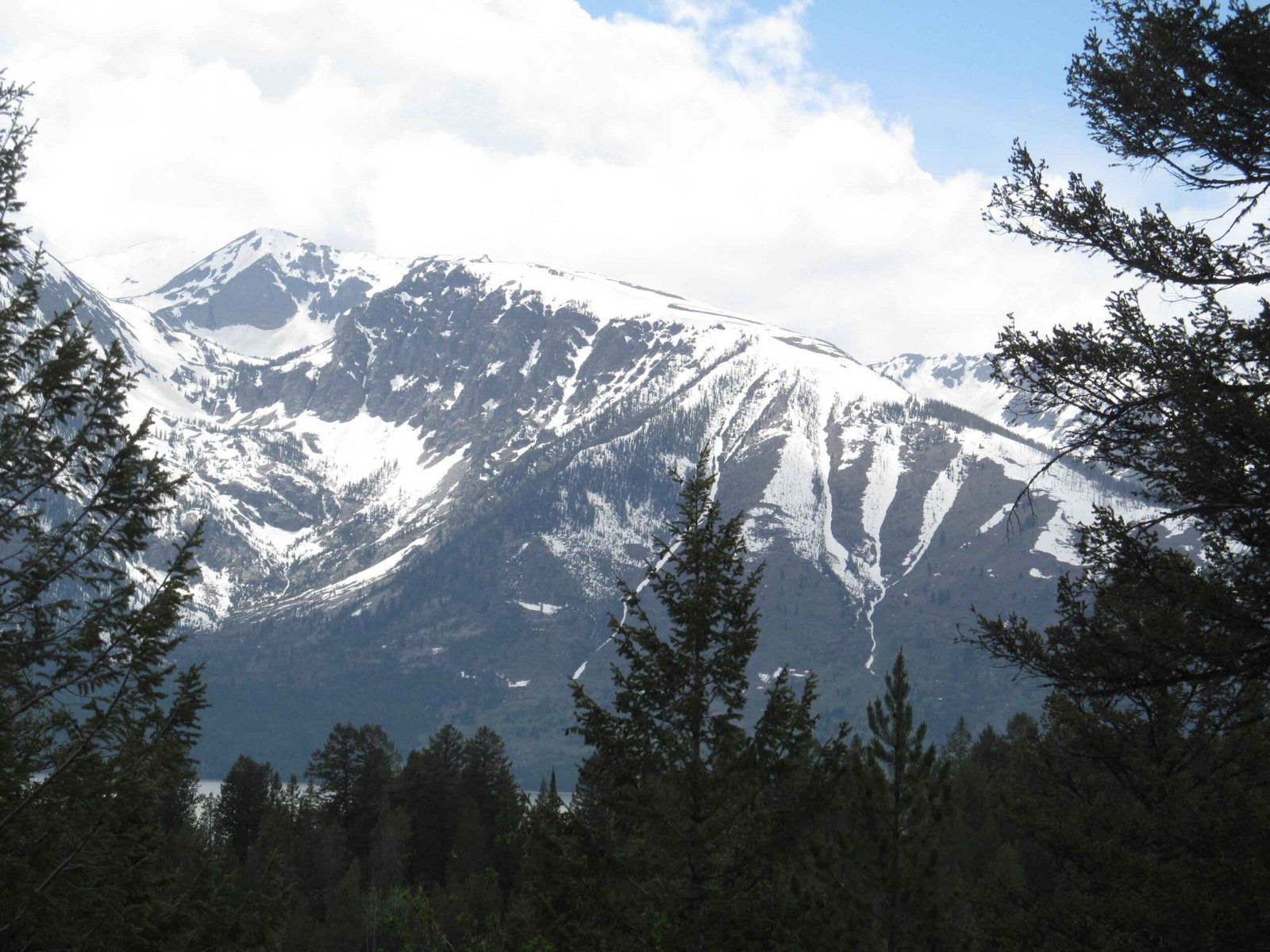The Dike Couloir in Grand Teton National Park represents a challenging alpine climbing route that traverses complex geological terrain, offering experienced mountaineers a demanding and technically intricate ascent through diabase rock formations, steep snow crossings, and exposed granite landscapes. Climbers must navigate multiple pitch difficulties, manage runout terrain, and demonstrate advanced rock climbing and mountaineering skills to successfully complete this remarkable route.
What Makes the Dike Couloir Unique?

The Dike Couloir presents a distinctive climbing experience characterized by its geological complexity and varied terrain challenges. Located in the heart of Grand Teton National Park, this route demands technical proficiency and strategic route navigation.
Rock Composition and Geological Features
| Rock Type | Characteristics | Climbing Difficulty |
|---|---|---|
| Diabase Dike | Black rock formation | 5.6 technical rating |
| Granite Slabs | Compact climbing surface | 4th-5th class sections |
| Choss-filled Terrain | Loose rock sections | Requires careful movement |
What Technical Skills Are Required?
Successful navigation of the Dike Couloir demands multiple advanced mountaineering skills:
- Rock Climbing Techniques
- Low-angle slab climbing
- Managing runout terrain
-
Minimal gear protection strategies
-
Snow and Ice Management
- Steep snow crossing techniques
- Axe and belay proficiency
- Understanding snow condition variations
How Challenging Are the Route Sections?
Lower Dike Section
The initial climbing segment involves four pitches with specific characteristics:
– Maximum difficulty: 5.6 rating
– Sparse gear placement opportunities
– Loose rock sections requiring careful movement
Upper Dike and Pinnacle Summit
This section presents additional challenges:
– Fourth and low-fifth class scrambling
– Complex route finding
– Weaving through choss-filled east face terrain
What Elevation Considerations Exist?
The Dike Couloir route encompasses significant elevation variations:
– Middle Teton Summit: 12,809 feet
– Dike Pinnacle: 12,350 feet
– Elevation gain requires proper acclimatization
– Weather conditions can change rapidly at high altitudes
What Safety Protocols Should Climbers Follow?
Critical safety recommendations include:
1. Comprehensive gear assessment
2. Weather monitoring
3. Emergency communication devices
4. Experienced climbing partner
5. Detailed route research and preparation
Seasonal Climbing Considerations
| Season | Conditions | Recommended Preparation |
|---|---|---|
| Early Season | Snow and wet rock | Enhanced traction gear |
| Mid-Season | Mixed terrain | Flexible climbing strategy |
| Late Season | Increased loose rock | Advanced route selection |
What Descent Options Exist?
Climbers typically have multiple descent strategies:
– Southwest Couloir (third-class route)
– Rappel from Ellingwood Col
– Direct descent into South Fork Garnet Canyon
– North descent onto Middle Teton Glacier
Final Climbing Insights

The Dike Couloir demands respect, technical mastery, and comprehensive mountain awareness. Successful climbers blend geological understanding, technical skill, and strategic decision-making to navigate this remarkable Grand Teton National Park route.
Recommended Gear Checklist
- Alpine rock climbing rack
- Snow axe
- Helmet
- Rappel device
- Lightweight mountaineering harness
- Navigation tools
Reference:
– Mountain Project – Dike Route
– Climbing Route Details

